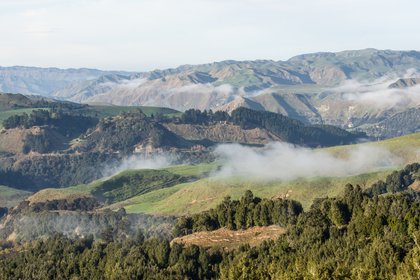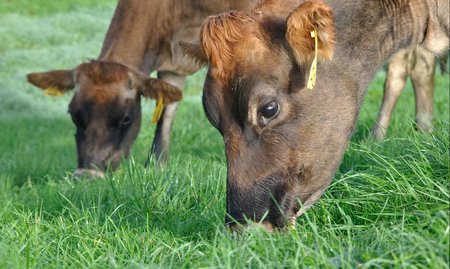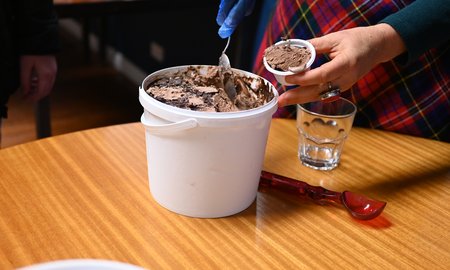
Hyperceptions operates the country’s only hyperspectral camera system fitted to a fixed-wing plane, a Cessna operated by Ravensdown Aerowork at Whanganui Airport.
Imagine being able to determine the vegetation and soil nutrient status of each paddock of your farm using a set of images taken from a plane flying a few hundred meters above the ground.
That’s just one outcome Massey Ventures and Ravensdown Ltd offshoot Hyperceptions will soon provide when it hits top gear on the commercial rollout of hyperspectral scanning of hill country in Aotearoa New Zealand.
Hyperceptions operates the country’s only hyperspectral camera system fitted to a fixed-wing plane, a Cessna operated by Ravensdown Aerowork at Whanganui Airport. Hyperceptions Chief Executive Craig Nash says the plane is capable of surveying up to 1,000ha an hour and will soon be put to full commercial use for farmers across the country.
It follows the recent completion of earlier testing and software development to perform and synchronise the complex analysis of data collected each time the hyperspectral camera is deployed.
“This technology has been used extensively elsewhere in the world, in other sectors like mining and oil and gas exploration. So, it’s not new and unproven, but we’ve needed to prove it thoroughly in New Zealand before rolling it out on a commercial scale,” Mr Nash says.
After eight years of development, the camera and the software to process the data have been refined for New Zealand conditions and Mr Nash says Hyperceptions is ready for take off. He’s confident the technology is a major breakthrough for farming in New Zealand, especially for hill country farmers who have relied for decades on tactical soil testing and have mostly applied fertiliser at the same rate across their farms with limited opportunity to account for contour, aspect and soil fertility changes across complex landforms.
"We’ve been soil testing in New Zealand for more than a century and that’s been a great tool for New Zealand farmers to lift the production of their farms. But this hyperspectral imagery is next-level in terms of precision. When it’s paired up with the new Ravensdown variable rate precision spreading technology (IntelliSpread®), farmers will really start to enhance their productivity because they can apply the right amount of fertiliser in the right places on their farms.”

A hyperspectral camera takes a reflective image of the terrain below as the plane flies along a grid pattern.
Mr Nash says each image captures 500 times more data than one from a normal aerial camera, meaning it can assess the plant species above the ground and also indicate the phosphorus status below the ground. The data also produces a detailed terrain profile showing contour, aspect and effective area for grazing.
Flying must be performed on calm, clear days to achieve high levels of precision.
“For soil fertility mapping, there’s usually a 10-week window in spring and another five-week period in autumn that delivers the best data-gathering conditions for the hyperspectral camera. Surveying for vegetation can be done year-round."
The most cost-effective option for individual farms is to link up with neighbours so the plane is flying longer tracks with fewer turns. Costs will vary depending on flight time.
Craig says he sees a world of opportunities for the technology. Regional councils could use the technology for large scale monitoring projects such as regional stocktakes by accurate species identification and assessing damage following major weather events.
Read more news from Massey Ventures here.
Article republished with permission.
Related news
Joint venture reveals the invisible world of endophytes
Massey Ventures and Grasslanz Technology have launched Agri-tech company MI8 Optics Ltd , which uses hyperspectral imagery to detect important endophyte traits in grass seed.

New fund makes its first investment into student-led company
An investment fund that supports Massey student entrepreneurs in the technical development of their start-ups has made its first investment.
